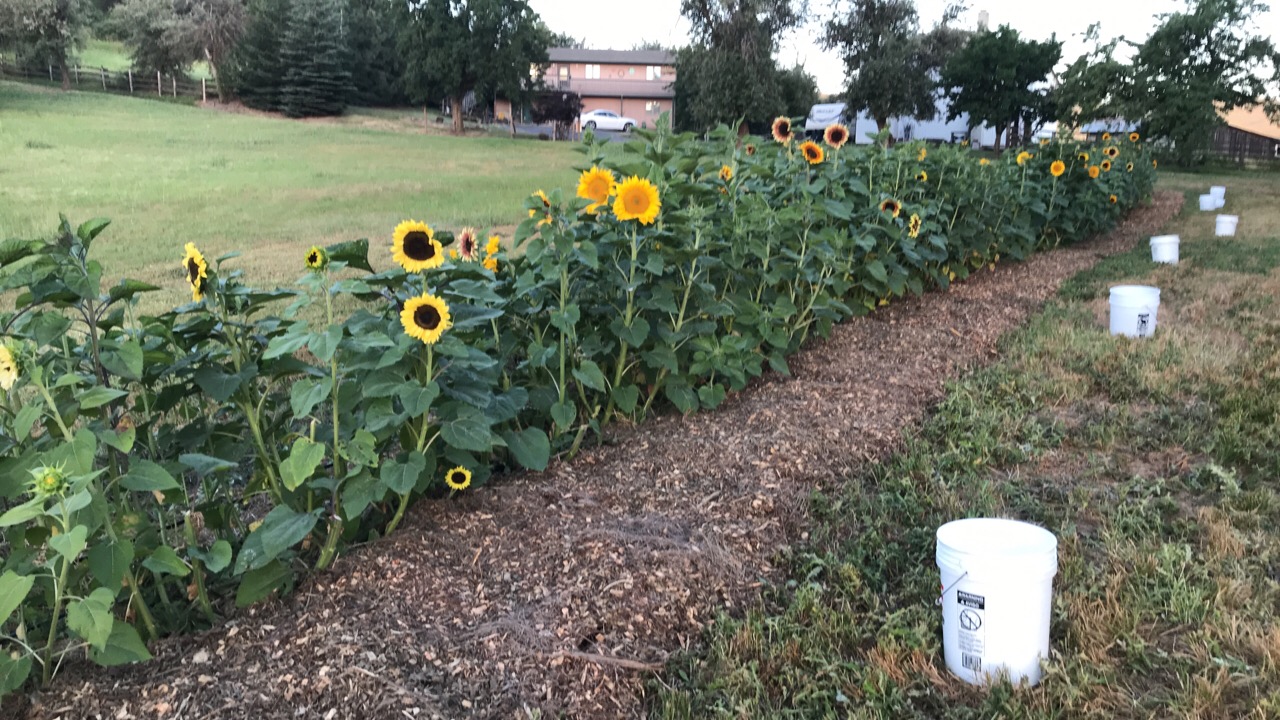In the Kitchen
Last weekend, our neighbor came over and wanted to show us something. It was a secret Italian plum tree that is located right behind our rental house. It is a little bit hidden but it is on city property so it is fair game for picking. So, Henry picked over 17 pounds of plums!
It was a bit of a challenge to use all these plums. As you may know, once you pick a plum, it doesn’t really keep that long. So, immediately, I made a bunch of plum conserve to use as Christmas gifts. A conserve is a “mixture of various fruits are called conserves. Basically, all conserves are jams, but not all jams are conserves. Make sense? Conserves usually contain fruit mixed together with sugar and sometimes nuts and dried fruits.”
Next, I made some plum barbecue sauce…Here is the recipe I used for that…Plum Barbecue Sauce
Then, with the last 5 pounds, I decided to do some dehydrating. For my birthday last month, Henry got me this book.
Dehydrating has lots of advantages over other types of food preservation. For example, if you have items in the freezer and you lose power, you might lose all the food in the freezer if it thaws out and goes bad. Here are some other advantages of dehydrating from themessybaker.com:
8 BENEFITS OF A FOOD DEHYDRATOR
Depending on whether you buy extra trays, a good dehydrator costs less than $100, lasts years and can be shoved in a closet when not being used. Beyond that food dehydrators:
1. Save space: Yes, the machine itself takes up room, but it shrinks food significantly, allowing you to fit a lot of preserves into a small area. This is ideal for camping, large families, and anyone with little room and a big appetite.
2. Extend shelf-life: The book says dehydrated food keeps for 1 year to be safe, but Jennifer has kept items for 2 years without signs of mold. I didn’t dehydrate enough food to test this time limit. Most of my preserves are gone before winter is over.
3. Make bad food obvious: Unlike with canning, which can harbour invisible bacteria, when dried food is compromised you can easily see the mold.
4. Create versatile results: Not only can you dehydrate fruits, vegetables, herbs and more, you can eat them dried or rehydrate them for anything from cobblers to pizza sauce.
5. Are cost effective: Dehydrators are not outrageously expensive and allow you to save the harvest when it’s least expensive. Most units are expandable, so you can buy more trays and layers as needed — or not, if that’s the case.
6. Are flexible to use: You can dry one peach or a basket. The unit can run for days on end or for just a few hours.
7. Have a fool-proof technique: Because the temperatures are so low it’s almost impossible to over-dry. Jennifer assured me more than once that, “You can’t mess up!” So, I tested her theory. Yup. I forgot about my first batch of dried peaches when I left them to cool. Of course it was a very humid day and they partially rehydrated. I dried them again, and they’re fine.
8. Create healthy food: Dehydrated fruits and vegetables require no added sugar or salt or preservatives. Plus you get all the fibre of the whole fruit and all the minerals.
Here is a video series about getting started with dehydrating:
So, we were successful in using all the plums and now have some unique gifts for Christmas.


